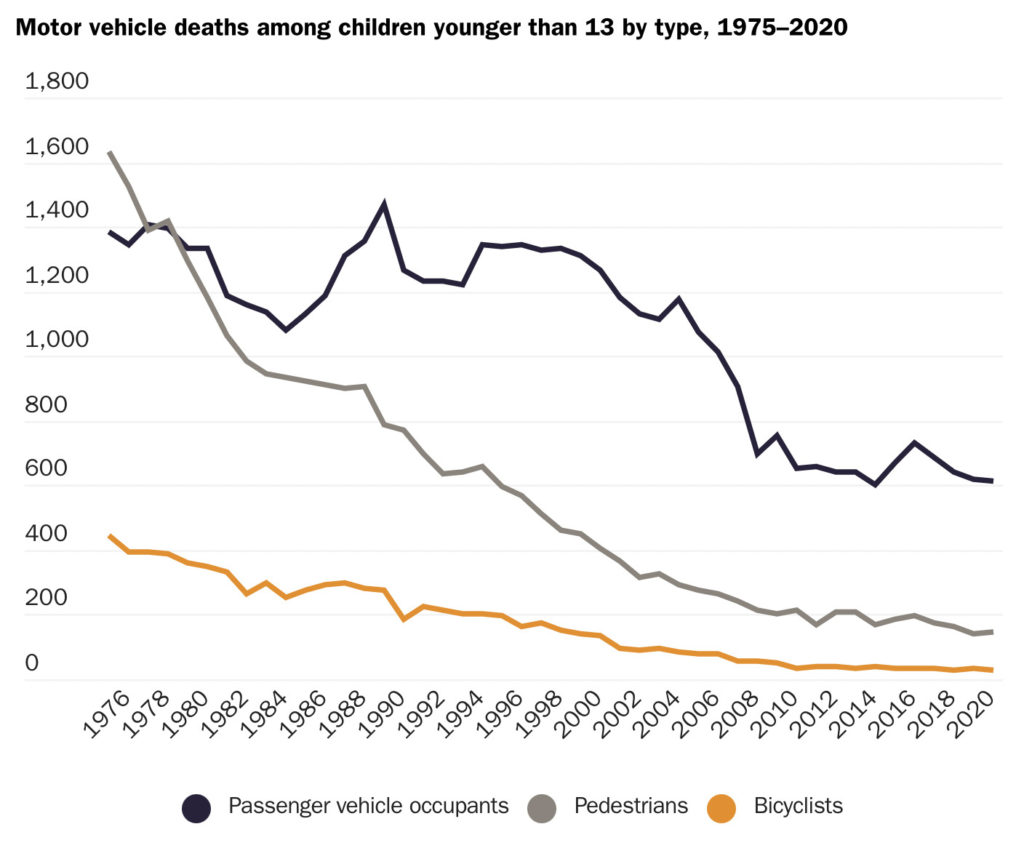Summary: Female genital mutilation is a harmful practice that affects millions of girls and women around the world. Although there has been some progress in eradicating these procedures, punitive legislation is not enough to stop them. Read more about how an education-based approach might be the answer in this article by Rifal Imam.
Historically, the cultures that carry out female genital mutilation/circumcision (FGM/C) on a wide scale associate the unfortunate practice with enhanced marriage potential and social acceptance. Sudan, the country of my family, is no exception. In Sudan, the most common term referencing FGM/C is “tahura,” the Arabic word roughly translating to “pure” or “cleanliness.” Around 87 percent of Sudanese women have undergone circumcision. They number among the recorded 200 million girls and women worldwide who have undergone the procedure, which is practiced in more than 31 countries. This mutilation consists of “all procedures involving the partial or total removal of the external female genitalia or other injuries to the female genital organs for non-medical reasons.”
There has been some progress. Sudan traditionally practiced “pharaonic purification,” the most radical form of genital mutilation. Recently the practice has been medicalized, with 63.6 percent of women being cut by a trained midwife and 28.7 percent by a traditional cutter lacking medical training. This is connected to the social shift of practicing the less extensive “sunna” version of circumcision rather than the more extreme pharaonic form. The sunna cut is usually found among better educated, wealthier, urban younger women rather than in older generations, thus signifying changing traditions. Furthermore, the refusal of the practice is no longer considered detrimental to a woman’s entrance to society or her family’s honor. Many still hold the practice, however, as a positive or neutral Sudanese tradition connected to their national identity and ideals of female purity.
The first time I heard of tahura I was eight and visiting family in Sudan. My cousins were excitedly talking about the parties that come after. When I asked my mother, who was born and raised in Sudan, about the practice, she told me off, stating how tahura hindered women. My mother, and now my cousins, shaped my attitudes and encouraged my hope for a changed Sudan. Female genital mutilation reinforces negative social and economic structures, as can be seen in the stark difference between its prevalence in rural versus urban areas, and it overall hinders the progress of women in the nation.
Legislation aimed at tackling FGM/C on a national level, such as the 2020 criminalization of the practice, has failed for decades. Studies illustrate that punitive laws and international intervention campaigns have failed to combat the problem in its many forms in Sudan. Better-informed efforts must be taken.
I argue that the best approach to eradicating FGM/C in a shame-based collectivist nation such as Sudan is not through punitive legislation and the use of government force, but through cultural channels and persuasion. Punishment-based legislation, particularly in collectivist nations, is largely ineffective. Instead, the best policy option is to take nonpunitive measures against practitioners of FGM/C, thus making it more probable for people to report cases without fear of punishment. Education against circumcision and its consequences for those found to practice it are far more effective than trying to change traditional practices using a heavy-handed approach through the criminal justice system.
The British took the education-based approach in the 1900s and it proved effective under a midwifery training school that was meant to teach a less radical form of FGM/C. The school endeavored to train and convince local women to “abandon harmful customs” and took the non-prohibitionary route, claiming to work with and not against local customs. When the British introduced criminalization of the practice and punished midwives for performing it, the majority of Sudanese midwives did not comply, and circumcision continued in secret with unhygienic procedures and no proper supplies. That created further risk to the circumcised women’s well-being instead of gradually phasing out the practice under the harm-reducing midwifery training school.
The education-based approach admittedly requires more effort than the punitive status quo, but of the available options I believe it’s the most effective way forward.
Eradicating FGM/C requires joint initiatives of various actors, including community-based programs led by local residents rather than outside activists. In a shame-based country such as Sudan, changes in culture and values are a vital part of the process, as highlighted by FGM/C’s continued prevalence for thousands of years and the difficulty of eradicating it. The issue has been on the agenda for almost a century and receives much attention, yet is still a persistent problem. UNICEF has found that culturally-sensitive education and public awareness–raising activities are effective at contributing to the practice’s decline in many communities.
It should be emphasized that there is no true quick-fix solution in Sudan, considering how long the issue has been on the agenda. Education campaigns, including those originating from nonpunitive legislation, can be structured to be culturally sensitive to local value systems and thus persuade the people who do the cutting to adopt a different approach. Classrooms, not jail cells, offer the best hope of changing norms around FGM/C in Sudan.





